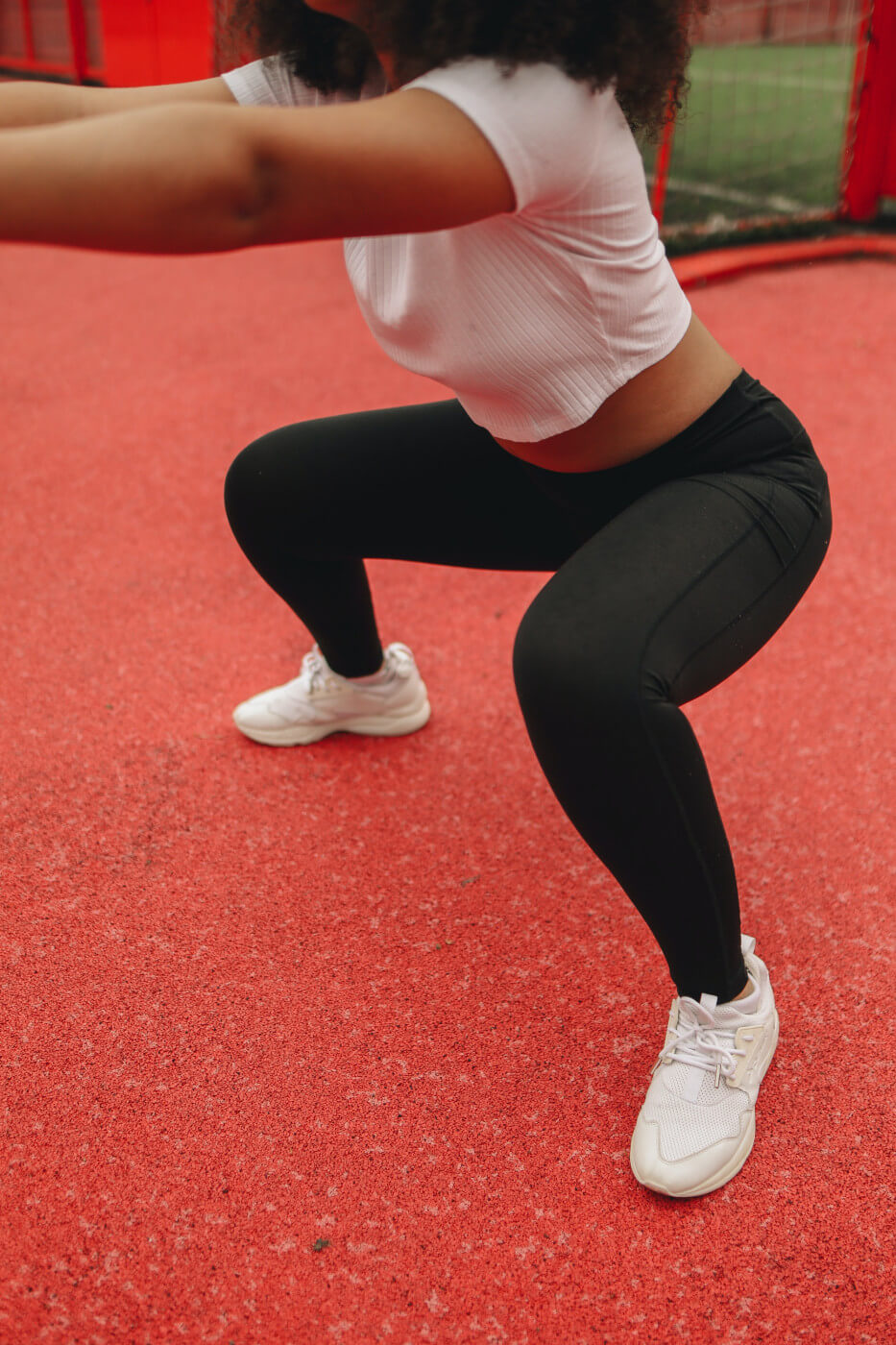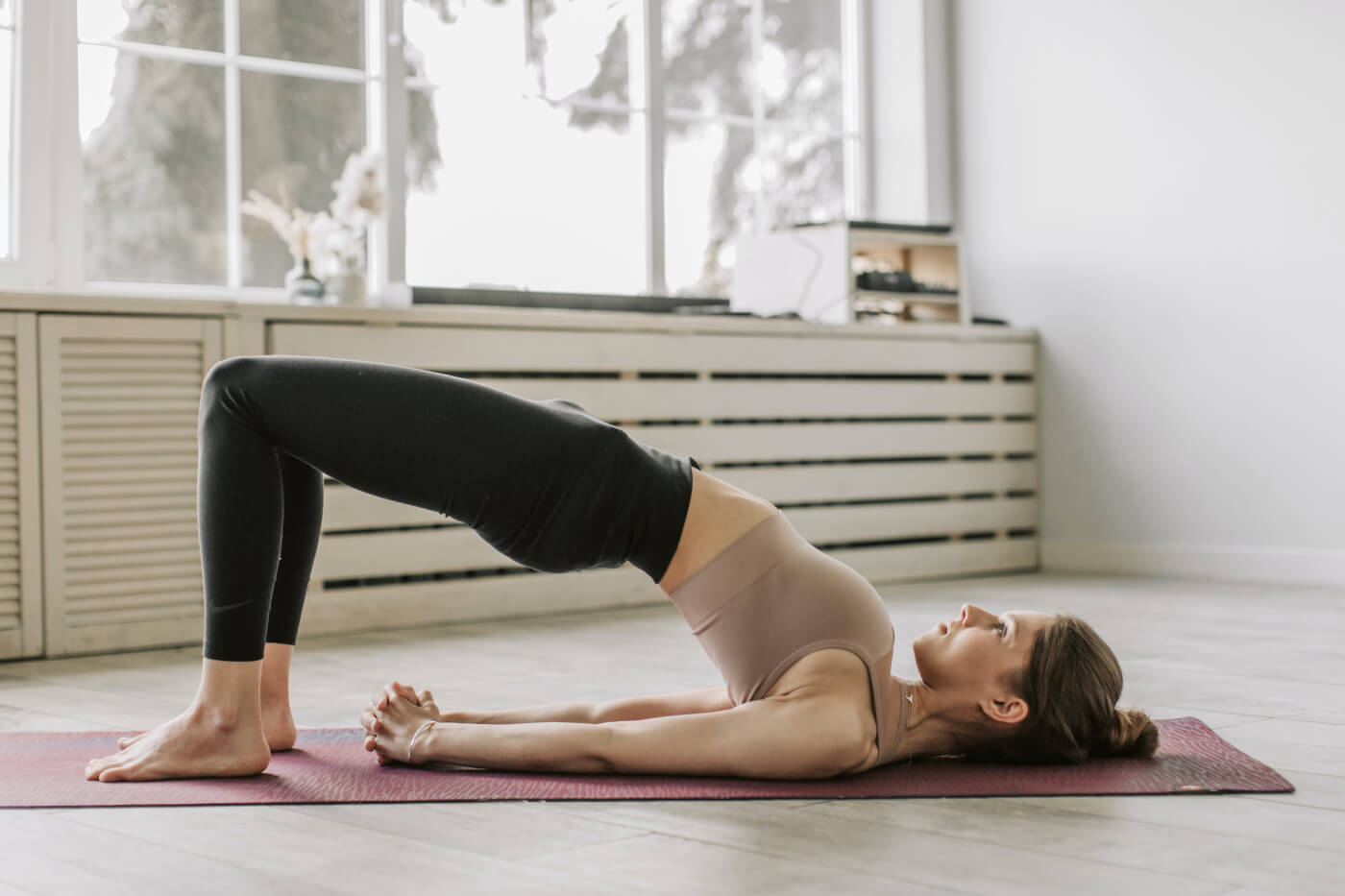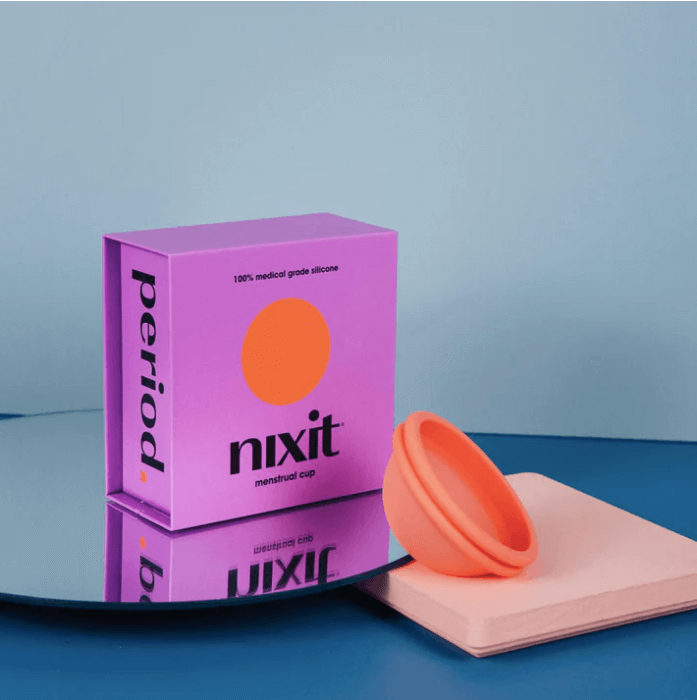There’s nothing worse than having to pee when there’s no toilet in sight or when your belly’s aching but you have to hold it in and you start to panic.
But thanks to our pelvic floor muscles, we can hold it in.
And like with any muscle, the key to making pelvic floor muscles mighty and strong is to keep using them frequently. So if you want to keep them in good shape, you need to have a regular exercise regimen.
Before we jump straight in, let’s take time to get to know your pelvic floor a bit better. Understanding it is key to getting the most out of these workouts!
101 - The Pelvic Floor Basics
This table shows the basics you need to know about your pelvic floor.
With these basics in mind, you’re ready to start simple exercises. However, we need to quickly discuss an issue concerning prolapse and menstrual cups.
The Issue with Prolapse and Menstrual Cups
In 2020, a BBC news report raised concerns about menstrual cup misuse leading to pelvic organ prolapse. To shed light on this matter, our team sought the expert opinion of Dr. Emmary Butler, MD, a board-certified gynecologist.
According to Dr. Butler, there’s no link between the use of menstrual cups and pelvic organ prolapse based on current OB-GYN medical literature.
However, she did recommend minimizing risk factors, such as avoiding constipation, managing weight, avoiding heavy lifting (especially for those who have had prolapse), and strengthening the pelvic floor with therapy or Kegels.
And that’s also where these pelvic floor exercises come in. So let’s get ‘em in shape and get those muscles moving!
Pelvic Floor Exercises… Let’s Do This!

(Image source: Pexels)
If you have an underlying medical condition, we recommend consulting with your healthcare provider before you start implementing these exercises.
1. Kegel Exercises
Kegel Exercises are a surefire way to make your pelvic floor muscles stronger.
First, you’ll be doing slow contractions, which help build the strength and stamina of your muscles. Then you’ll be doing quick contractions, which train your muscles to react fast and stop any leaks when you cough, sneeze, laugh, or lift heavy objects.
Just a heads up - if you’re doing kegel exercises, it’s super important to get the right muscles involved. The tricky part is that these muscles aren’t really visible, so you have to pay close attention to the instructions.
1a. Finding Your Pelvic Floor Muscles
These muscles are found in three different areas: around the urethra, vagina, and anus. Take note though that they contract and relax together.
Check out this video to help you visualize these muscles:
To find your pelvic floor muscles, follow these steps:
- Sit, stand, or lay on your bed (in your comfy position).
- Imagine you’re stopping yourself from passing gas by squeezing or tightening the muscles around your anus.
- Try to feel the lifting and movement of these muscles (these form the back part of your pelvic floor).
- There shouldn’t be any movement in your butt and legs. If you’re seated, the skin around your back will tighten and feel as if it’s being pulled up.
- Next, imagine you are peeing, and then suddenly stop. This is the front part of your pelvic floor (don’t do this when you’re actually peeing to avoid bladder problems).
- Then squeeze, tighten, or lift all the muscles together (around your urethra, around your vagina, and around your anus) as if you’re stopping yourself from peeing and passing gas at the same time.
- When doing this, don’t squeeze your abdomen, inner thighs, or butt—and don’t hold your breath!
1b. Slow Contractions and Quick Contractions
Before you start this exercise, make sure you pee first to avoid bladder problems.
Slow Contractions
- Do this in your preferred position, sitting, standing, or lying down with your knees slightly apart.
- Contraction: Slowly squeeze or tighten and pull the muscles around your anus, vagina, and urethra and hold for as long as possible.
- Then relax and rest for 4 seconds.
- Repeat the contraction.
- Slowly build up strength until you can do 10 repetitions:
Contraction: 10 seconds each time
Rest: 4 seconds in between - Note that 10 repetitions comprise 1 set of slow contractions.
Quick Contractions
- Do this in your preferred position: sitting, standing, or lying down with your knees slightly apart.
- Squeeze or tighten the pelvic floor muscles around your anus, vagina, and urethra for 1 second, and then relax.
- Repeat this up to 10 times.
- Note that 10 repetitions comprise 1 set of quick contractions.
Complete a set of slow contractions followed by a set of quick contractions at least 3x a day.
Tips:
- Don’t do Kegels while peeing to avoid bladder issues.
- If there’s pain or discomfort in your back or belly, then you’re probably not doing it correctly.
- If you’re not sure you’re doing it right, insert a finger into your vagina when doing the exercises. You should be able to feel a gentle squeezing during contractions.
- You may consult a physiotherapist for guidance.
2. Squats
 (Image source: Pexels)
(Image source: Pexels)
Squats will strengthen your glutes (buttocks) and hamstrings to support your pelvic floor.
Steps:
- Stand with your feet apart, with the distance a bit wider than your hips and your toes slightly pointing outward (don’t round your back).
- Stretch out your arms to your front, palms down.
- Rest your weight on the balls and heels of your feet.
- Take a deep breath and bend your knees, moving your hips backward.
- Do this with your back straight, chest and shoulders up, and knees in line with your feet.
- Continue squatting till your hips are slightly lower than your knees for a deep squat.
- Then push yourself back up using your core strength while maintaining weight on the heels.
- Repeat this up to 10 times (10 repetitions make 1 set of squats).
- Do 1 set of squats, 2x to 3x a day.
3. Bridge

Doing the Bridge Exercise will strengthen your pelvic floor and your glute (buttock) muscles.
Steps:
- Lie on your back, on the floor.
- In this position:
- Your arms should be by your side with palms facing down.
- Your knees should be bent, forming a 90-degree angle.
- Your feet should be flat on the floor.
- Raise your hips while squeezing your glutes and pelvic floor muscles.
- Hold this position for at least 3 seconds.
- Slowly lower your hips to the ground.
- Repeat up to 10 times (10 repetitions make 1 set of bridge exercises).
- Do 1 set of bridge exercises at least 3x a day.
Exercise Your Way Towards Stronger Pelvic Floors
Hey, did you know that there are a bunch of factors that can make your pelvic floor muscles weaker?
Like having a baby, pushing too hard when you’re constipated, coughing a lot, frequently lifting heavy objects and even just getting older.
With all these factors pitching in, it’s important to take preventative action.
So make pelvic floor exercises part of your daily routine. It’s a small step that can impact your overall health and well-being - big time.
Period Care For Your Pelvic Floor Wellness
Just as important is your pelvic floor hygiene. This is where a good period care product comes in.

nixit’s disc-style menstrual cups are made up of BPA-free medical grade silicone, free of chemicals and toxins for your vaginal wellness.
With our discs, you’ll steer clear of suction issues, they sit above your vaginal canal and stay in place naturally, secured behind the pubic bone to avoid risk of it sliding down - even if you have pelvic floor concerns.
So how do you begin? It all starts with getting your menstrual disc and popping it in!
Tip: it may take some getting used to, but even so, it’s super worth it!
Here’s a plus point: nixit menstrual cups are comfortable, can be reused, and even allow you to have mess-free period sex. This isn’t possible with traditional menstrual cups!
And there’s another plus point for the environment! Just as you care for yourself, you also care for the planet by using a sustainable product.
Get Informed the Right Way
Here at nixit, we’re all about giving you practical information on issues that affect your daily life.
So subscribe to us to learn more about caring for your body today - without any of the fuss.

Check out these other blogs:




